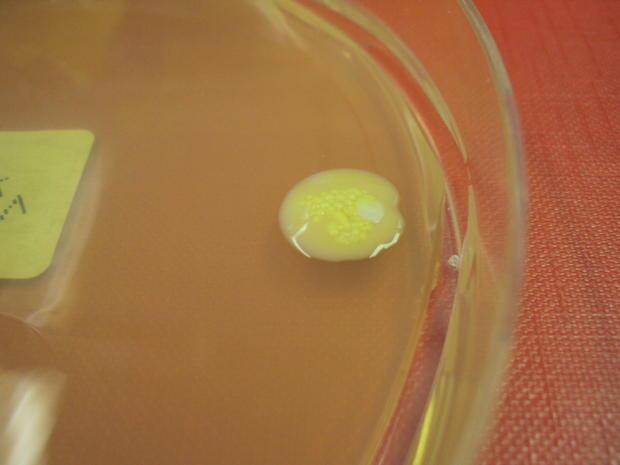The key aspects with the new antimicrobial is that it works via a dual-mechanism and it is effective at inactivating Gram-negative bacteria. By operating a dual mechanism, this should prevent microorganisms from developing antimicrobial resistance to the particular compound.
The reference to the ‘arrow’ relates to how the antimicrobial is intended to work. The antibiotic works, first, to puncture bacterial walls, and, secondly, it has sufficient activity to destroys the folate within bacterial cells. The compound currently has the name SCH-79797.
Antimicrobial resistance
In the era of COVID-19 and the preoccupation with the viral pandemic, other areas of microbiological concern such as a rise in cases of sepsis and the continued rise of antimicrobial resistant organisms is receiving less attention. Longer-term, however, the issue of antimicrobial resistance still poses the most significant health threat to human populations.
As medicine advances, with new drugs and technological leaps in surgery, bacteria are fighting back. The antibiotic revolution, which began with Alexander Fleming and penicillin, and which has kept humans free from many serious infections (including post-surgical infection) is unravelling. This is because many pathogenic bacteria are becoming resistant to antibiotics and more seriously, resistant to multiple antibiotics. This poses the very real risk that there will no longer be any antibiotics to treat some infections.
Unless, that is, new compounds are discovered, approved by health regulators, and manufactured to scale.
Antibiotic or antimicrobial
Often antibiotic and antimicrobial are used interchangeably. While drugs that fall into these categories are doing similar things, antibiotics are derived from microorganisms (such as a fungus secreting a compound that inhibits bacterial growth, and where the compound can be turned into a drug product). Antimicrobials include antibiotics as well as non-microbial anti-microbial compounds.
New research
The new research comes from Princeton University and the focus is one Gram-negative bacteria. Bacteria can be morphologically differentiated by the structure of their cell wall (classified according to how they stain for microscopic analysis), as Gram-negative (staining pink) and Gram-positive (staining purple). The Gram-negative types are armored with an outer layer. This layer can provide a barrier to the absorption of some types of antibiotics.
The puncture mechanism has led lead researcher Professor Zemer Gitai to describe the novel compound SCH-79797 as a substance that should be named “Irresistin.” He adds that the discovery was “a real technical feat.”
To test out the efficacy the scientists, over a period of 25 days, “serially passaged” bacteria to the drug (that is over and over and over again). This was to demonstrate the bacterial population was not capable of reproducing. Studies were undertaken against various species of bacteria, such as Neisseria gonorrhoeae, a sexually transmitted bacterium which has demonstrable antimicrobial resistance. The bacterium, as the name suggests, causes gonorrhea.
Once the arrow component has penetrated the bacterial cell wall, the chemical compound shreds folate, which is a fundamental building block of RNA and DNA.
Research paper
The research has been published in the journal Cell. The research paper is titled “A Dual-Mechanism Antibiotic Kills Gram-Negative Bacteria and Avoids Drug Resistance.”
Essential Science
This article forms part of Digital Journal’s regular science output, under the column heading of ‘Essential Science’. With each article, Tim Sandle examines the latest research in relation to a cutting-edge topic or matter of public concern.
Last week we looked at new advances in the field of soft and micro-robots, with new speeds being accomplished for both flat surfaces and through water. These developments open up opportunities for new applications.
The week before we learned how higher consumption of fatty foods was associated with lower rates of concentration. This leads to new advice on diets.

















